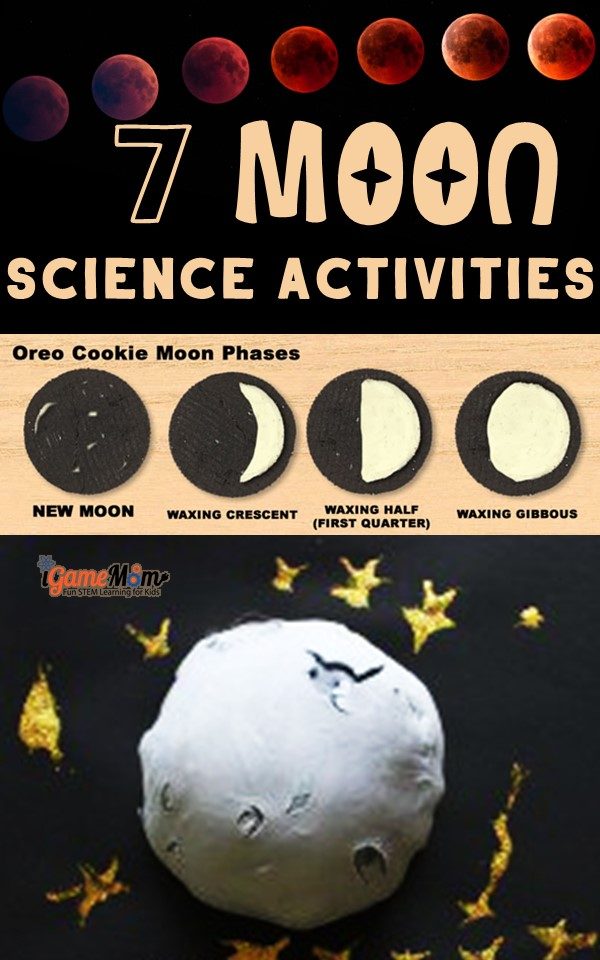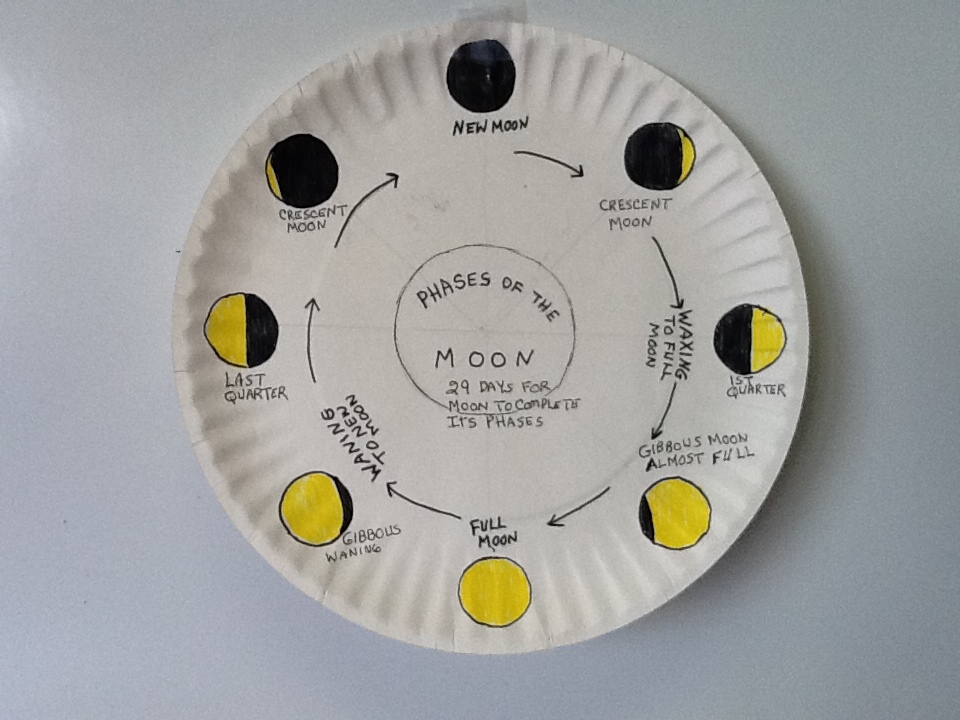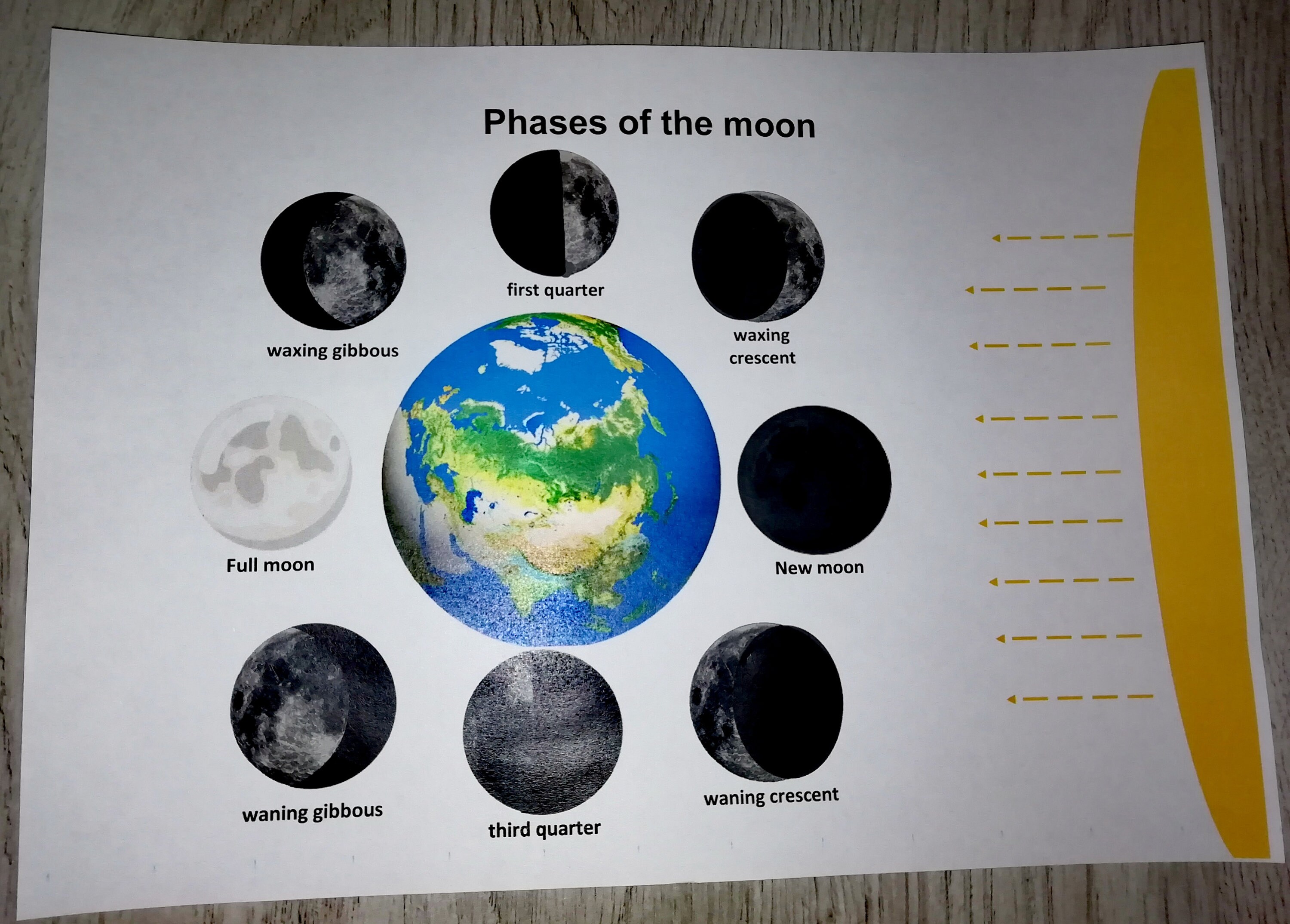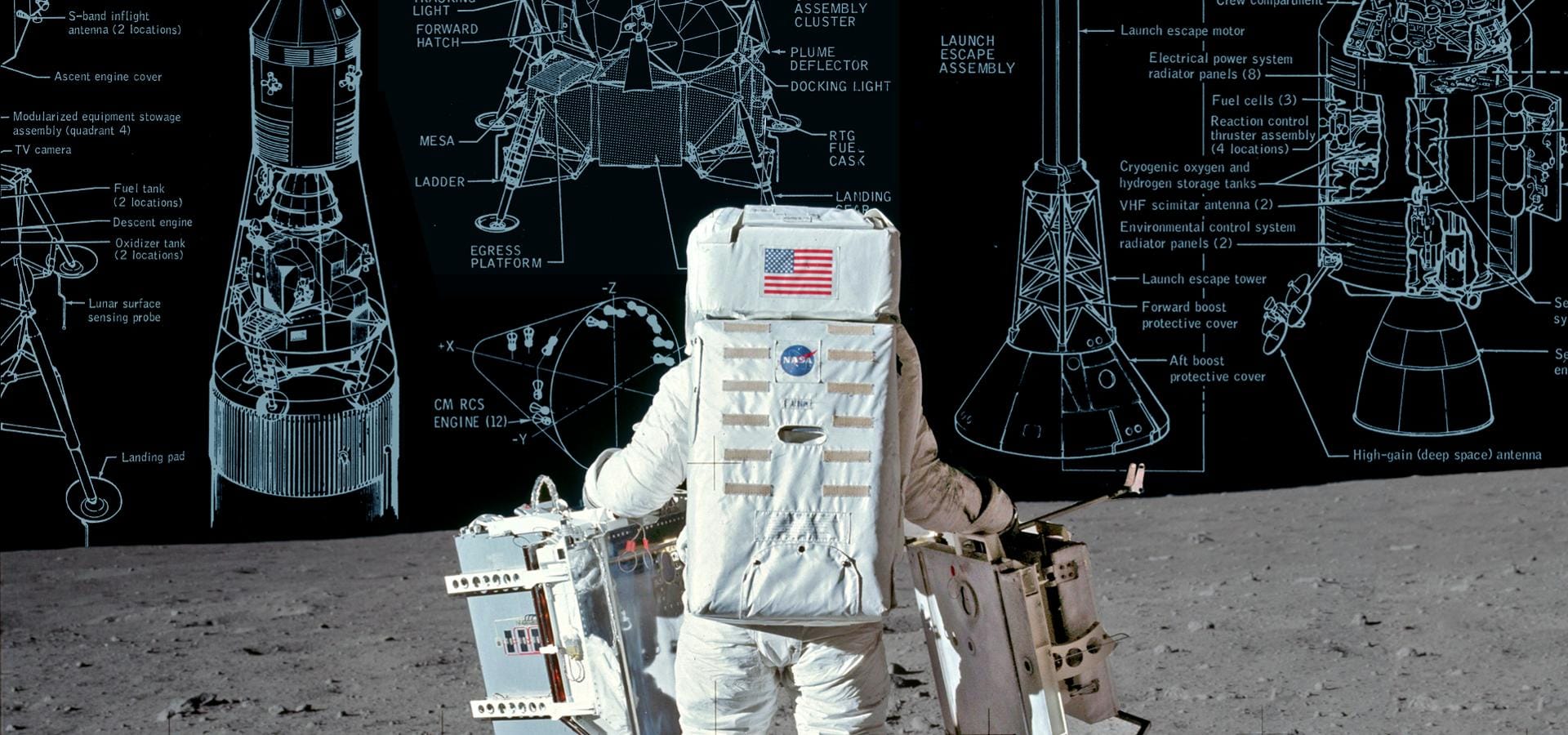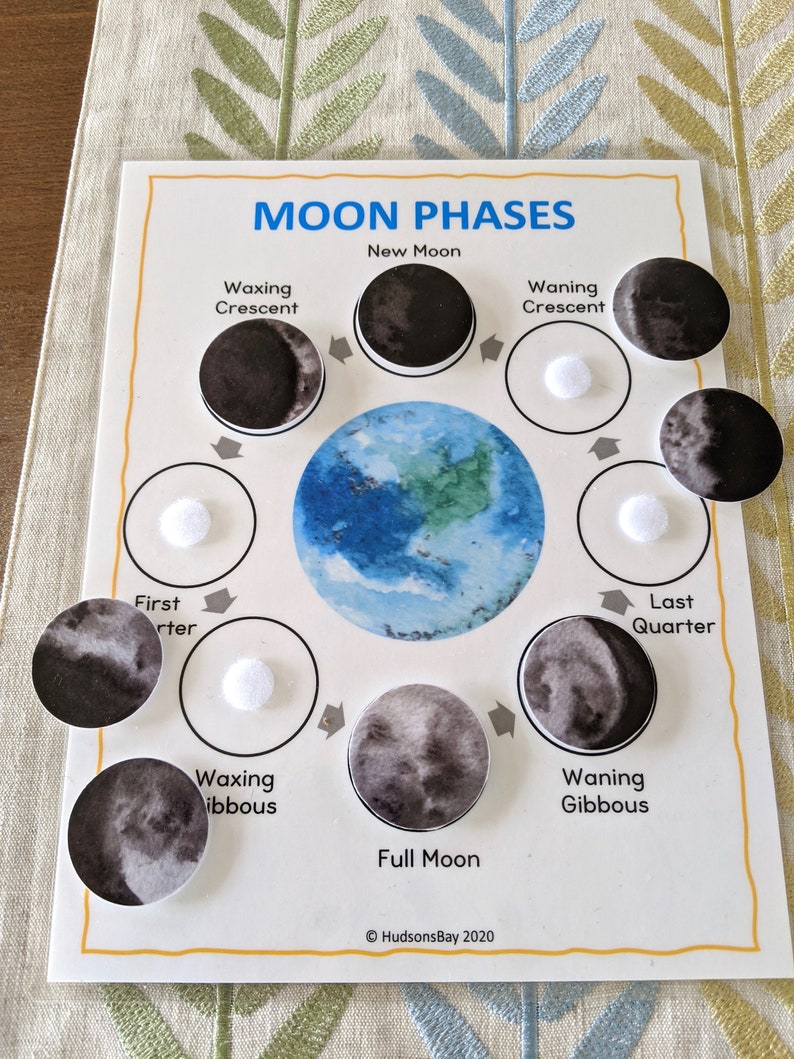Marvelous Tips About How To Learn About The Moon

Other nights, the moon might look like a bright circle.
How to learn about the moon. Go to the guide phases in our entire solar system, the only object that shines with its own light is the sun. Mankind has been fascinated by the stars since antiquity. The odysseus lander took off from cape canaveral last week and.
Learn about the moon's violent origins, how its phases shaped the earliest calendars, and how humans first explored earth's only natural satellite half a century ago. It also causes tides, creating a rhythm that has guided humans for thousands of years. Facts top questions moon facts the brightest and largest object in our night sky, the moon makes earth a more livable planet by moderating our home planet's wobble on its axis, leading to a relatively stable climate.
Learn more and browse lunar 100 videos: Resources resources 100 top features to observe on the moon published: The moon is shown in the beginning stages of a lunar eclipse.
The celestial sphere, besides inspiring mythology, was used by mariners for navigation and helped farmers track seasons. When ancient astronomers began to study the movements of celestial bodies, the oldest of sciences was established. It also causes tides, creating a rhythm that has guided humans for thousands of years.
Earth's moon is the brightest and largest object in our night sky. Odysseus is the first craft launched from the us to land on the moon’s surface since the apollo 17 in 1972. Ancient cultures revered the moon.
What we've learned about the moon introduction from the day that galileo saw the moon through the first telescope untiljuly 20, 1969, when astronauts neil a. Because of tidal forces, it completes one revolution every 655 hours. From anyplace on earth, the clearest thing in the night sky is usually the moon, earth's only natural satellite and the nearest celestial object (240,250 miles or 384,400 km away).
The moon makes earth a more livable planet by moderating our home planet's wobble on its axis, leading to a relatively stable climate. Learn about the moon's violent origins, how its phases shaped the earliest calendars, and how humans first explored earth's only natural satellite half a century ago. Odysseus landed on the moon thursday.
The moon completes an orbit of the earth every 27.3 days (approximately 655 hours). The different shapes of the moon that we see at different times of the month are called the moon’s phases. Some of your information will be collected when.
Activities test your knowledge of the moon with the activities below. 2) its surface is home to mountains, huge craters and flat planes called ‘ seas ’ made of hardened lava. Nasa via ap.
It orbits the earth at an average distance of approximately 240,000 miles (384,000 km). And on other nights, you might not be able to see the moon at all. Because earth rotates on its axis faster than the moon orbits it, the higher gravity from earth’s bulge tries to speed up the moon’s.


